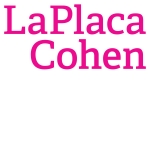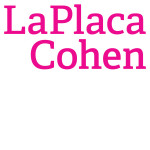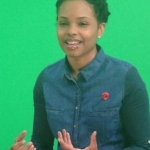
LaPlaca Cohen
What do food trucks have to do with the future of arts marketing?
Posted by Oct 08, 2014

LaPlaca Cohen
 Over the past few weeks, a new face has been popping up at street fairs and food festivals across the country: an Amazon “food truck,” doling out Kindle Fires alongside neighboring trucks’ hot dogs, hamburgers, and artisanal cupcakes.
Over the past few weeks, a new face has been popping up at street fairs and food festivals across the country: an Amazon “food truck,” doling out Kindle Fires alongside neighboring trucks’ hot dogs, hamburgers, and artisanal cupcakes.
Amazon isn’t angling to be a contestant on “The Great Food Truck Race,” though. Rather, it is making an effort to fulfill the needs and desires of today’s changing consumer. Amazon understands that today, technology is as much a part of the fabric of everyday life as eating and drinking, and it is addressing this shift head-on.
What does this have to do with the future of arts marketing?
Read More

 Sean King
Sean King

 Ron Evans
Ron Evans

 Beth Malone
Beth Malone


 David Dombrosky
David Dombrosky

 Rachel Ciprotti
Rachel Ciprotti

 Aaron Bisman
Aaron Bisman

 Sean Daniels
Sean Daniels

 Rachel Grossman
Rachel Grossman

 Jessyca Holland
Jessyca Holland

 Melanie Harker
Melanie Harker

 Laura Kakolewski
Laura Kakolewski
































